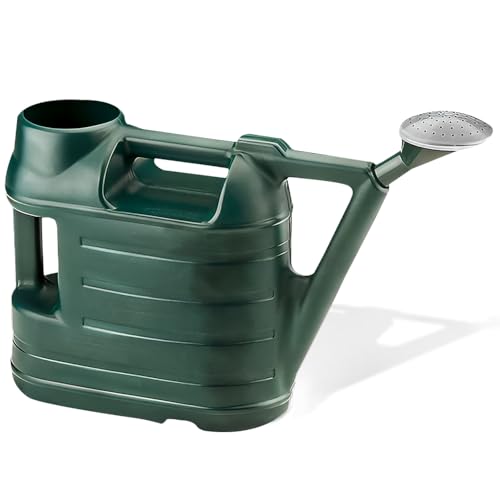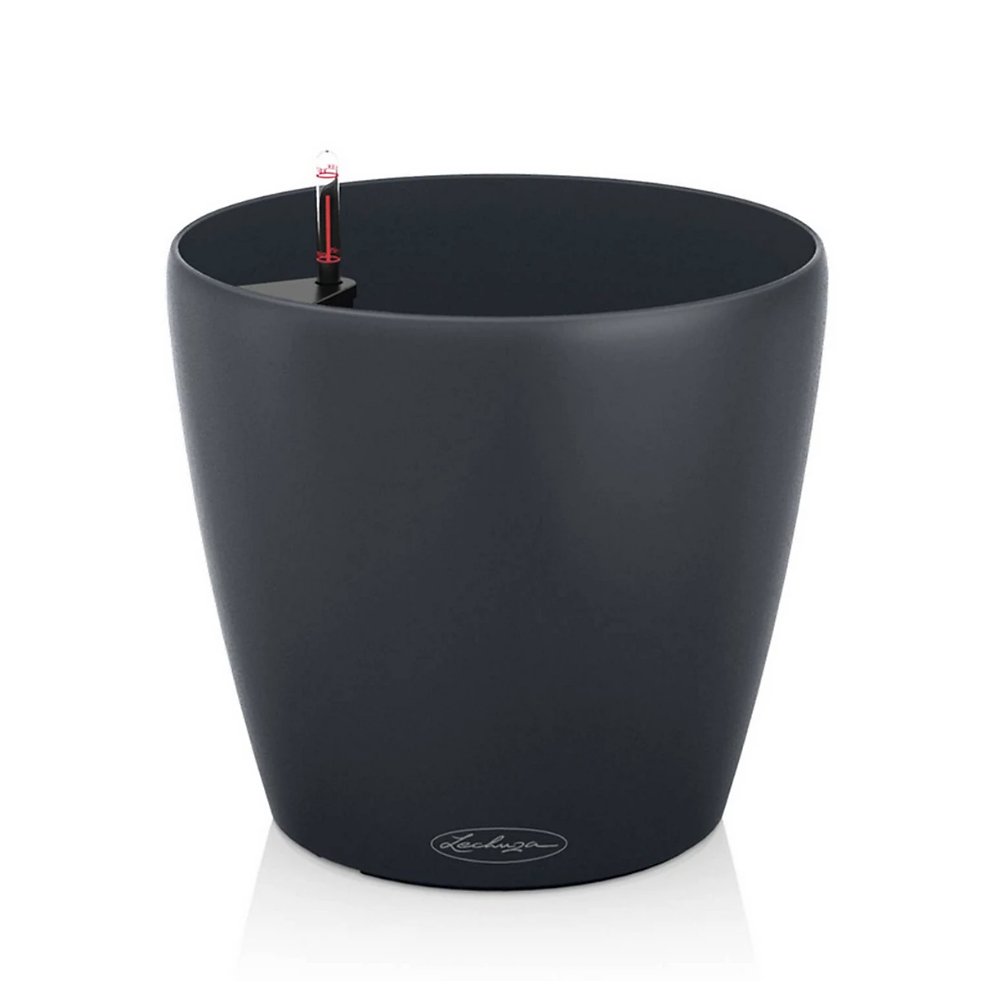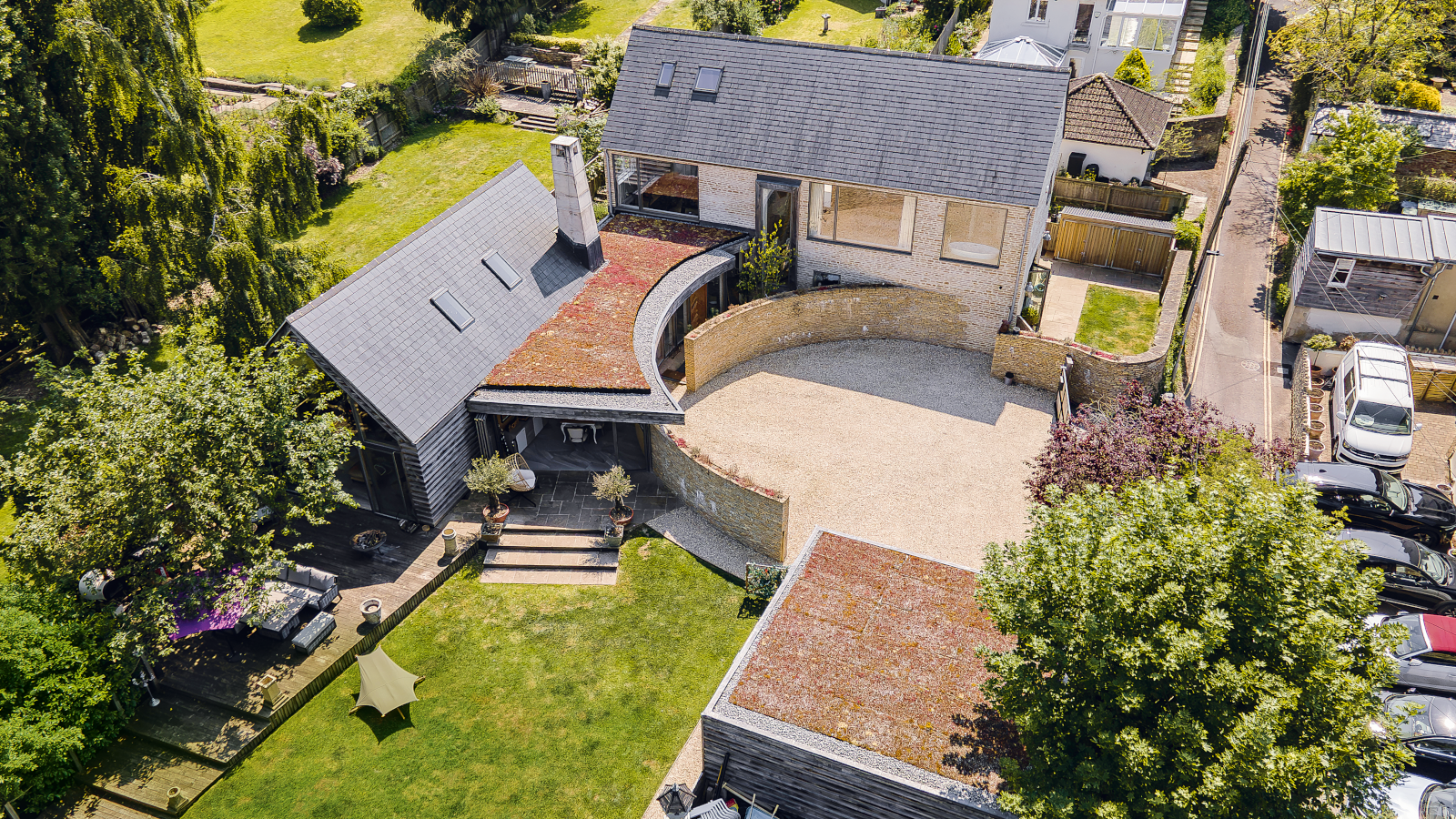I've asked the experts and this is the best time to water plants during a heatwave to make the most of every drop
Periods of heat and drought can cause immense stress for your plants, so watering them at the optimum time can help ease them through the heatwave
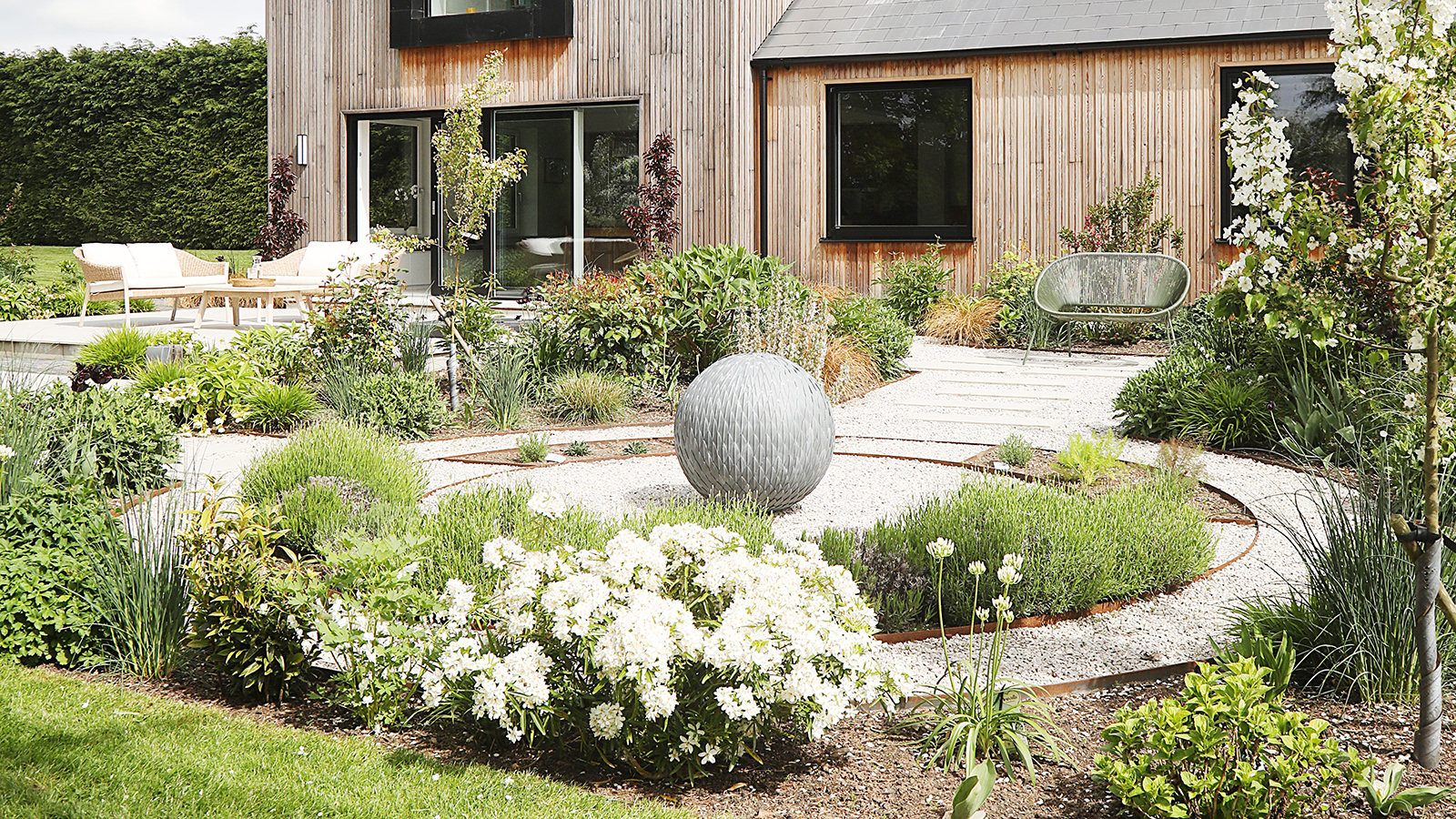
Garden experts will tell you that sustained periods of heat, sunshine and dry weather can be a huge stress factor for your plants. Whilst some drought-tolerant plants will cope with this to an extent, most will wither and die back during a heatwave.
Watering is key, but do this at the wrong time of day and you might as well be pouring water directly down the drain for all the good it will do for your plants.
So in the interests of saving water as well as your plants, follow the experts and ensure the time is right!
When to water plants
Timing your watering right in a heatwave is key to ensuring every drop counts, and plants can actually absorb the water properly.
“During a heatwave, you should aim to water plants either in the early morning (between 5am and 9am), or in the late evening (between 6pm and 9pm)."
"Ideally, it will be the morning slot as both the air and soil are cooler at this time, allowing plants to absorb the moisture they need before the heat of the day causes evaporation," says Melissa Quinney, Gardening Expert at Cabin Master.
“If you do miss early morning, wait until the evening when temperatures have dropped again," says Maryam Ghani, florist and horticulturalist at Haute Florist. But she adds that you should avoid over-watering at night as you don’t want roots sat in stagnant water during cooler hours, as this can lead to rot and disease.
Bring your dream home to life with expert advice, how to guides and design inspiration. Sign up for our newsletter and get two free tickets to a Homebuilding & Renovating Show near you.

Maryam Ghani is the brand manager at Haute Florist, a luxury floral brand known for its elegant arrangements and premium blooms. With a background in horticulture and floral design, Maryam brings a deep understanding of seasonal flowers, symbolism and garden styling.

Shop plant watering essentials
How to water plants in a heatwave
"Direct the flow of water to the base of the plant, ensuring thirsty roots get all the water they need, avoiding the leaves where possible to prevent diseases from developing," says Charles Carr, Head of Wholesale Nurseries at Hillier.
“It’s best to water less frequently but more thoroughly, soaking the rootball properly. Another trick to retaining moisture in the garden is mulching. Add organic mulch such as wood chippings, garden compost or leaf mould to beds to save water and improve moisture retention. A thick layer of mulch will block sunlight, insulating the soil and reducing the amount of water evaporating from the garden," adds Charles.
“It’s of course vital to water responsibility and collecting rainwater in a water butt is a fantastic way to ensure you have enough water to last – particularly for the occurrence of a hosepipe ban. Not only that, but the pH balance is actually better for most plants than tap water too," he finishes. This water butt from Amazon is a best-seller and can hold 100L of water. Its slimline design means it won't take up much space in your garden either.
Another easy solution is to consider moving your potted plants to a different area of the garden. “Container plants dry out particularly quickly, so move pots into a shady spot to protect them from the sun’s warmth and rays," adds plantswoman Sarah Raven.
Garden irrigation systems can be good at keeping on top of watering for a low-maintenance garden.

Charles has been a valued member of the Hillier team since January 2018, bringing with them a wealth of experience and passion for the world of horticulture.
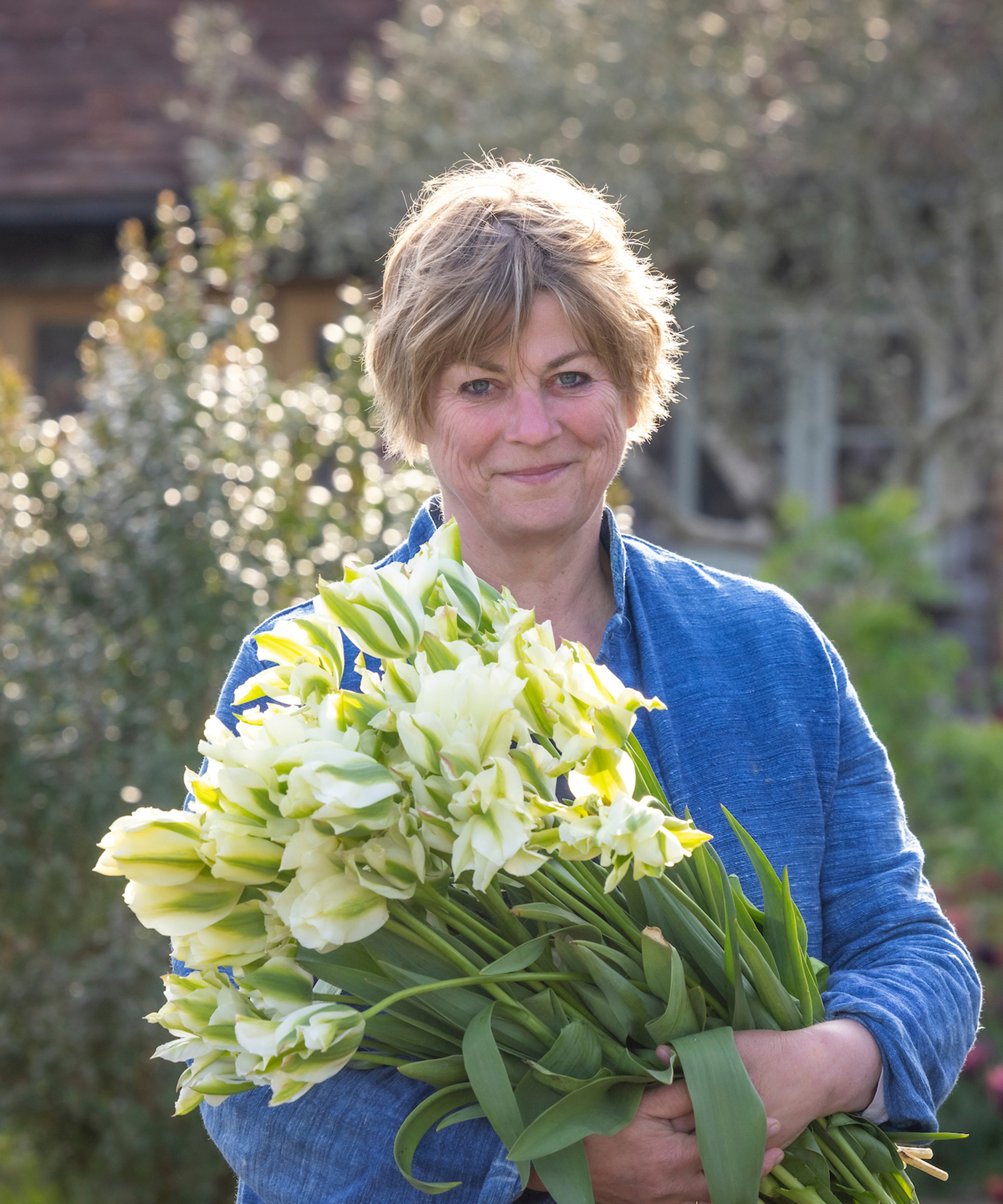
Sarah’s love of gardening extends to all areas, from growing cut flowers and delicious vegetables from seed, to designing stunning gardens packed full of variety, colour and scent. Always with a focus on helping the environment and biodiversity, Sarah’s gardens are havens for birds, bees and other pollinators.
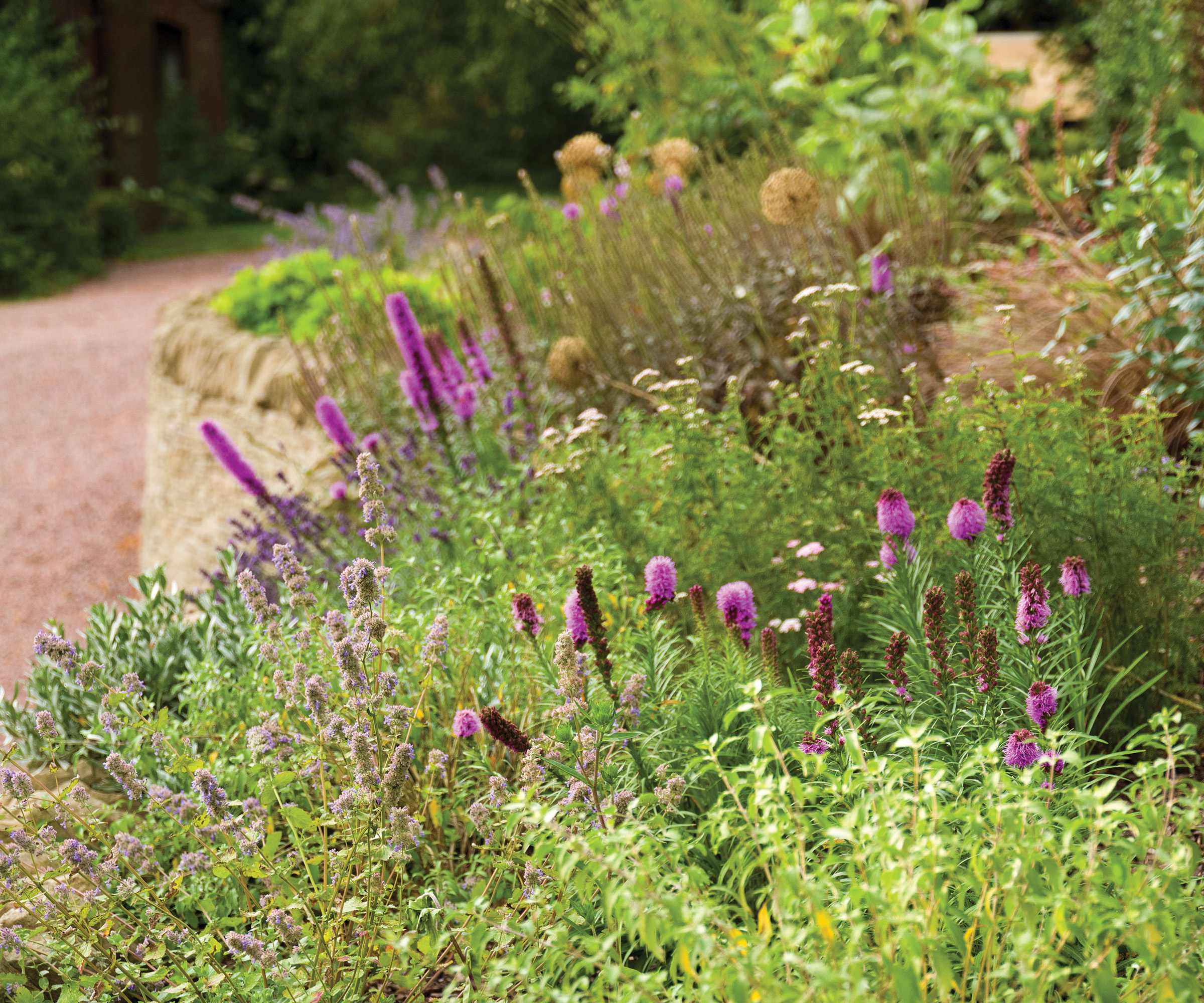
FAQs
How to tell if a plant needs watering?
Melissa Quinney, gardening expert at Cabin Master outlines the tell-tale signs to look out for when a plant needs watering.
- Wilting leaves: Dehydration causes leaves to droop and lose their rigidity. However, it’s important to note that wilting is also a sign of overwatering in a plant, so check the soil and make sure it’s not waterlogged either.
- Cracked soil: Another sign that there’s not enough water for a plant is when the soil is overly dry so it looks cracked. And if it's in a pot the soil might be pulling away from the edges.
- Dropping buds and flowers: This often occurs when a plant is not getting anywhere near the water it needs to survive, so it removes its ‘other elements’ in order to conserve the available resources.
When should I not water my plants?
“I would highly recommend avoiding watering plants around midday when there is full sunlight because the water will evaporate too quickly under the intense sun, disappearing before it actually reaches the roots.
"Additionally, pouring sudden cold water on hot soil or leaves can actually stress the plant, limiting its ability to continue growing,” says Melissa Quinney, gardening expert.

Melissa has a wealth of knowledge and passion for outdoor living spaces and home improvement and brings a deep passion for creating functional, beautiful outdoor garden environments.
If you have a south-facing garden which is exposed to a lot of sunlight in summer, then choosing appropriate plants is key. Our list of the best plants for full sun is a great place to start when choosing your planting scheme.

Teresa was part of a team that launched Easy Gardens in 2018 and worked as the Editor on this magazine. She has extensive experience writing and editing content on gardens and landscaping on brands such as Homes & Gardens, Country Homes & Interiors and Living Etc magazine. She has developed close working relationships with top landscape architects and leading industry experts, and has been exposed to an array of rich content and expertise.
In 2020 Teresa bought her first home. She and her partner worked alongside architects and builders to transform the downstairs area of her two bedroom Victorian house in north London into a usable space for her family. Along the way she learned the stresses, woes and joys of home renovation, and is now looking to her next project, landscaping the back garden.
